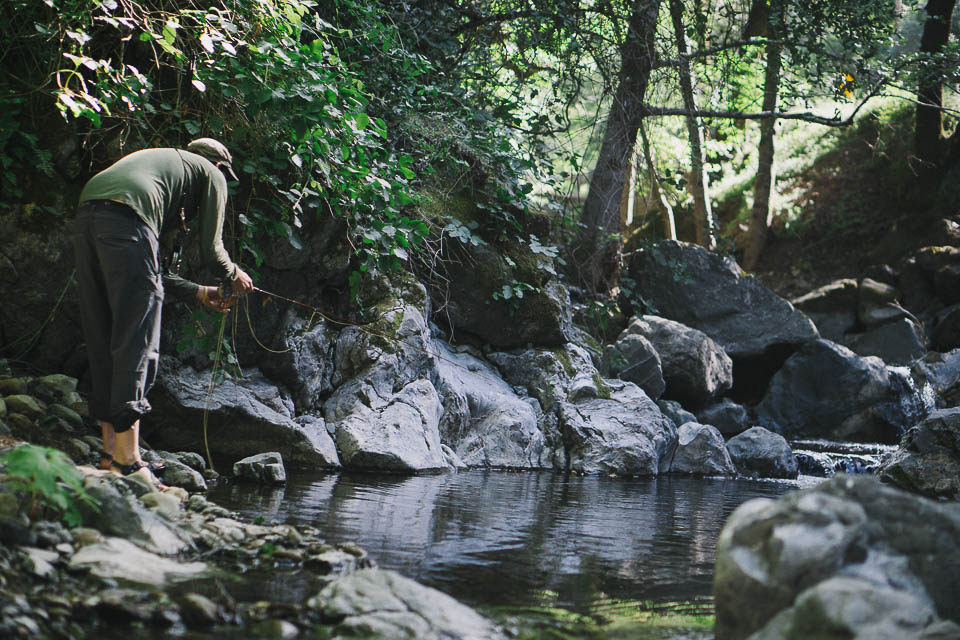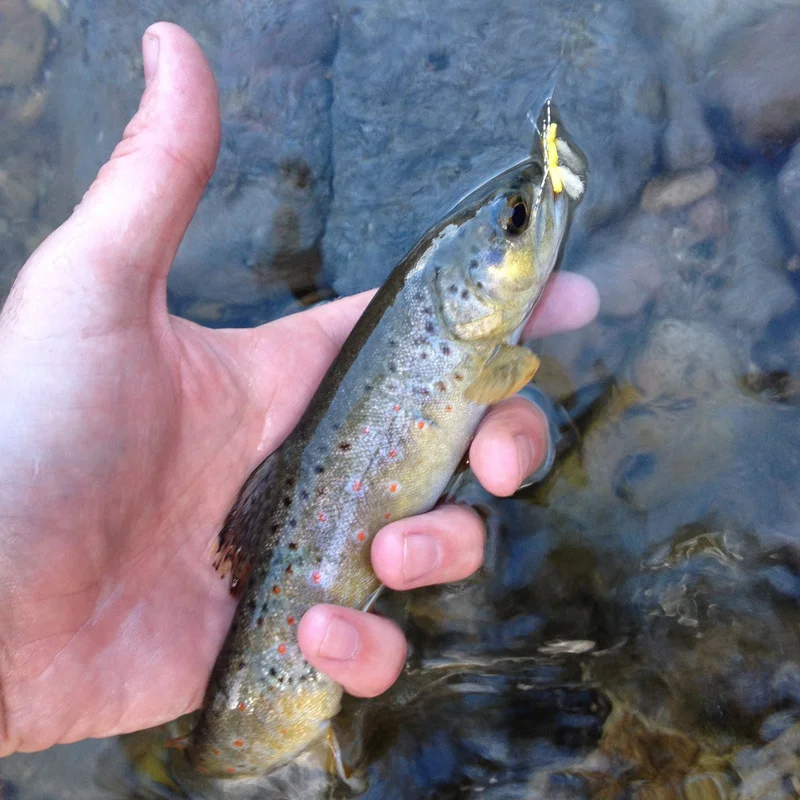Last year was my first trip to Montana and the vision of big brown trout sipping caddis on the side of the Madison River hasn't left me. With only a few weeks until my next trip (I'm kind of addicted), I've been tying as many different caddis variations as I can find. Kelly Galloup's Butch Caddis was particularly attractive to me because it floats like a cork. With a large over wing of deer or elk hair, the fly performs exceptionally well in rough water. If you fish in the west, like I do, you'll be fishing rough water quite a bit, so this pattern should hold a prominent place in your arsenal.
I've only fished this it once, but it worked really well. I'm looking forward to stalking some big browns on the side of the Madison in a few weeks. After that, I'll give it a go with some high sierra trout too. This little caddis may just take center stage in my dry fly box before you know it.
5 Tying Tips
1. Zelon (or antron) is slippery stuff. Lay down a good thread base on the bare hook to help keep the materials from sliding around.
2. Keep the body of the fly slim. Caddis have really narrow bodies, there's no need to build up a big profile on this fly with your dubbing.
3. Try to position the rubber legs right between elk hair and the dubbing on each side of the fly. This makes for a nice little joint to seat them in.
4. Take your time when trimming the elk hair. Trim the sides to keep the profile slim, and trim the top of the wing flat, just like those flat top haircuts from the 1950's.
5. Tie a dozen of these little guys in a variety of colors and sizes. I have a few in bright colors that I'll be using as an attractor dry fly in the late summer.
If you want to learn from the man himself, check out the video below.










































































